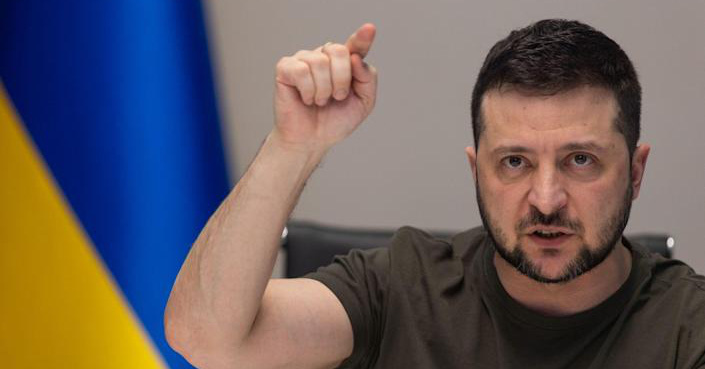The race to find a drug to treat the prolonged COVID-19 syndrome begins
.jpg)
This is considered a “difficult” goal because each individual has different symptoms. As recorded, there are more than 200 different post-COVID-19 symptoms that have been affecting millions of patients.
Reuters reported that the world’s major drug manufacturers, including those that have successfully developed antiviral drugs and monoclonal antibodies for COVID-19, have had initial discussions with researchers to achieve their goals. long-term treatment of COVID-19 syndrome.
Several companies, such as GlaxoSmithKline, Vir Biotechnology and Humanigen, confirmed they were in discussions with scientists about drug testing. Meanwhile, others such as pharmaceutical companies Pfizer and Roche have expressed interest but did not disclose details of their plans.
Experts have determined that a patient with prolonged COVID-19 syndrome is a patient with symptoms such as fatigue, chest pain, encephalopathy, etc., lasting more than 3 months after testing negative for the SARS virus. CoV-2. In the US, statistics show that one in seven working-age patients has persistent COVID-19 syndrome.
Sandi Zack (53), a former elementary school teacher in Atlanta, shared that she has always felt tired, dizzy, body aches and heart palpitations since she contracted COVID-19 in December 2020. She turned to many specialists for help and was prescribed medication to ease her symptoms, including the anti-inflammatory steroid and the antidepressant fluvoxamine.
Researchers have made preliminary judgments about the main causes of persistent COVID-19, including damage from the original infection, reservoirs of the virus remaining in the body, autoimmune reactions. unregulated causes excessive inflammation, leading to damage to small blood vessels or nerves.
The scientists set out the ultimate goal of successful experimental drugs that would restore the normal function of mitochondria, which serve as energy-producing cells for cells. Damaged mitochondria may be the cause of the excessive fatigue that so many COVID-19 patients are experiencing.
Talking to some scientists, Reuters revealed that there are not yet 20 clinical trial projects for therapeutic drugs.
University College London in the UK is testing four drugs on 4,500 patients with persistent COVID-19. The four drugs include two antihistamines, the gout drug colchichine and the anticoagulant Xarelto from Johnson & Johnson. Preliminary research shows these drugs to be effective in treating some persistent COVID-19 symptoms, such as inflammation and blood clotting.
Meanwhile, the American company Axcella Therapeutics in collaboration with the University of Oxford in the UK is testing a drug to treat non-alcoholic steatohepatitis (NASH).
In the city of Seattle (USA), to treat persistent fatigue after COVID-19, researchers from the University of Washington and the Fred Hutchinson Center for Clinical Research are testing a drug capable of eliminating a Certain blood RNA structures have been implicated in autoimmune disorders in patients with lupus erythematosus and Sjogren’s syndrome.
Pharmaceutical company Moderna has funded a vaccine trial in the UK to test whether its vaccine can help activate the immune system and relieve persistent COVID symptoms.
Besides the difficulty in determining the cause of the disease, finance is also an obstacle in the race of companies.
Berlin Cures, a German biotech company, says it only has enough money to do the first phase of an autoimmune drug trial. This drug was previously used in patients with heart failure.
“Patients call us and burst into tears. Some people even want to sell their houses to finance us, just to have a chance to end this disease,” said Peter Goettel, CEO of Berlin Cures.
at Blogtuan.info – Source: baotintuc.vn – Read the original article here



